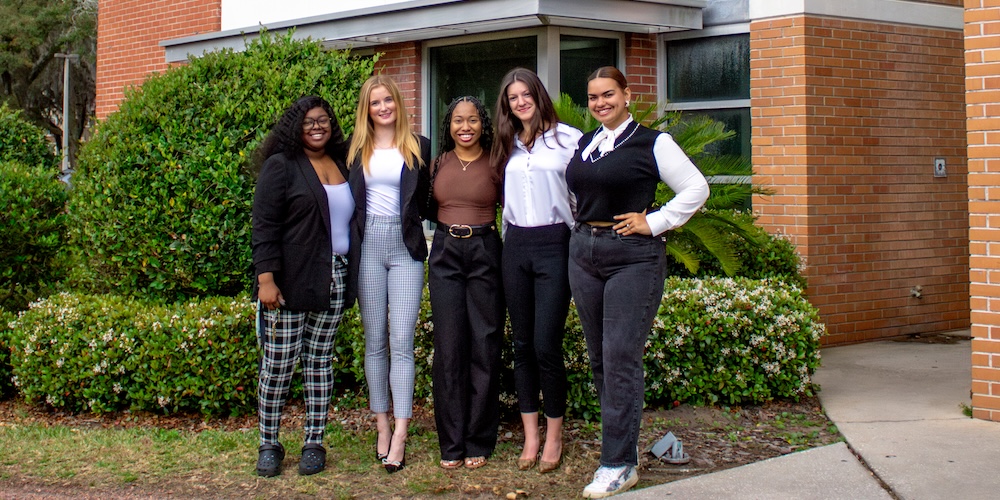Last month River Life took a virtual walk on the beach. Beaches were closed and no one could take a stroll or run along the shoreline. Thankfully that has changed.
Beaches have reopened for recreation, welcome news to those who enjoy time at the shore. We have had some beautiful weather with mild temperatures. However, summer and the simmering 90s are not far away.
This month let’s look beneath the sand and in the wave wash to see what else we can find. Most people walk or run along the beach with little idea of what is just below the surface. It’s always fun to show students what lurks unseen at the beach.
When the tide is low, the long, usually wet sand flat is termed the low tide terrace. As you walk along just at the edge of the water, you may notice some small holes, sometimes with water flowing gently out. If you try to dig with your hands, or even a shovel, you are unlikely to find the digger of these holes.
There are several possible culprits who could be creating them. The most likely is the ghost shrimp. In order to find out, you have to use a special collecting device originally from Australia called a “yabby grabber,” which is a tube with a piston-suction apparatus. Australians have a similar shrimp that is popular to use as fish bait, called a yabby. Hence the name.
You walk quietly up to the hole, best if you can see water coming out, put the end of the tube at the mouth of the hole and pull up the plunger. The yabby grabber will sink into the sand sucking sand and water into the tube. You can see the water being pulled from the surrounding sand.
Once you have extended the plunger its total length, you quickly expel the contents onto the sand but out of the reach of any waves. With a little luck, out will come a ghost shrimp.
With a very soft elongated body and two large claws, they are very distinct. Females often can be identified by their orange ovaries clearly visible through the translucent shell. Ghost shrimp are speedy and powerful diggers. If they sense activity near their burrow, they shoot deep into their hole. That’s why they are so hard to capture without the yabby grabber.
There are several species of ghost shrimp along our Georgia and Florida beaches. It takes a real expert to detect the difference. However, ghost shrimp are much different than the ghost crabs that come out at night from their burrows high up on the beach near the dunes.
Another indication of ghost shrimp is when you see what looks like chocolate sprinkles near a small hole just above the reach of the waves. You only see these particles when the hole has been exposed for a while, allowing time for the sprinkles to accumulate.
They are actually the neatly packaged fecal pellets of the shrimp. They look almost good enough to taste, but then again, they are feces. Ghost shrimp filter their food from plankton flowing through their borrow, then expel the waste at the mouth of the burrow.
The other organism that you might pull from its burrow are mantid shrimp, named because their large front legs resemble those of a praying mantis. Their name is a bit of a misnomer. They are not true shrimp, but a similar crustacean termed a somatopod. They use their lightning fast appendages to capture prey much like their praying mantis namesake.
So, you never know what lurks under the sand, inches away from your toes. Enjoy the beach and look for signs of life that maybe you never noticed before.
Glad you asked River Life
Is it true that the world’s environment has become cleaner during the COVID-19 pandemic?
Yes, if there is any good news in this pandemic it is that air pollution has improved, especially in the world’s major cities where air quality can be pretty bad. But that is not the whole story. It also turns out that air pollution, especially the tiniest particles, make the COVID-19 virus more toxic. Since the primary health effect is in the lungs, this link is troubling. So, the blessing of cleaner air is very good news indeed.


